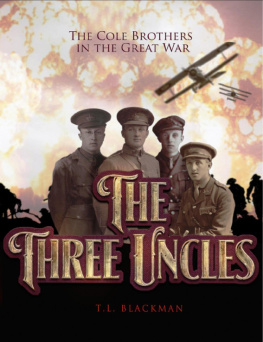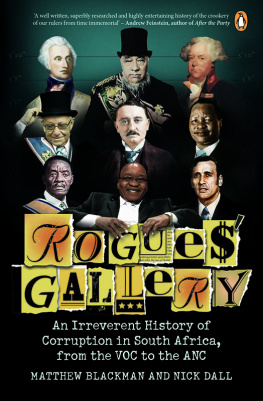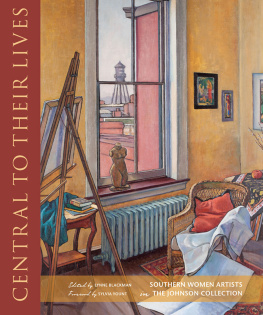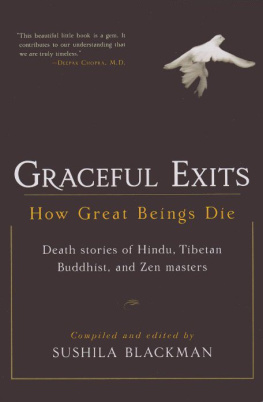LUXOR AND ITS TEMPLES
This work, while aimed at a general audience, is by no means a dreary introductory textbook. Blackman perceptively answers the readers most pressing questions about life in ancient Thebes, providing not only an informative text but also an engaging story. Topics covered include life in ancient Luxor, how Thebes became the capital of Egypt, poems, songs and romances, and great kings in time of war.
MEDNET HABU.
View of pylon and chapel of Nektanebos.
LUXOR AND ITS TEMPLES
BY
A. M. BLACKMAN
First published in 2005 by
Kegan Paul International
This edition first published in 2010 by
Routledge
2 Park Square, Milton Park, Abingdon, Oxon, OX14 4RN
Simultaneously published in the USA and Canada
by Routledge
711 Third Avenue, New York, NY 10017
Routledge is an imprint of the Taylor & Francis Group, an informa business
Kegan Paul, 2005
All rights reserved. No part of this book may be reprinted or reproduced or utilised in any form or by any electronic, mechanical, or other means, now known or hereafter invented, including photocopying and recording, or in any information storage or retrieval system, without permission in writing from the publishers.
British Library Cataloguing in Publication Data
A catalogue record for this book is available from the British Library
ISBN 10: 0-7103-1003-X (hbk)
ISBN 13: 978-0-7103-1003-3 (hbk)
Publishers Note
The publisher has gone to great lengths to ensure the quality of this reprint but points out that some imperfections in the original copies may be apparent. The publisher has made every effort to contact original copyright holders and would welcome correspondence from those they have been unable to trace.
PREFACE
IT was as long ago as December, 1913, when Major Fletcher was staying with me in my camp at Meir, in Asy province, that he and I first discussed the possibility of bringing out together a popularly written account of life as led by the inhabitants of ancient Thebes, I supplying the text and he the illustrations.
Upon the outbreak of the Great War any idea we entertained of such an undertaking was inevitably given up. However, the interest aroused by the late Lord Carnarvon and Mr. Howard Carters discovery in the Valley of the Tombs of the Kings brought the old project back to our minds; and when Major Fletcher was approached by Messrs. A. and C. Black on the subject of producing a book about Luxor, to which he was to supply the illustrations, he at once wrote to me asking me to do what I had often talked about doing with him in the past. Hence this book, which it is hoped will convince its readers that Egyptology is not a dreary study, but is full of human interestis, in fact, concerned rather with life and beauty than with mummies and other dusty trophies of death.
To Professor Sir W. M. Flinders Petrie and other friends I tender my sincere thanks for kindly permitting me to use illustrations from their published works.
In conclusion, let me say that it will give me no little satisfaction if this small volume, so admirably illustrated by Major Fletchers pencil drawings, succeeds, as it is intended to do, in increasing the interest of the general public in Ancient Egypt, and so, incidentally, in adding to the list of subscribers to the Egypt Exploration Society, under the auspices of which a great part of my research work in Egypt has been conducted.
AYLWARD M. BLACKMAN.
CONTENTS
LIST OF FULL-PAGE PLATES
FROM DRAWINGS BY
MAJOR BENTON FLETCHER
| PLATE |
| I. | MEDNET HABU |
| II. | LUXOR FERRY |
Sketch-Map of the District on p. xii
There are also fifty line illustrations inserted throughout the text.
TABLE OF DATES*
THE OLD KINGDOM
29002475 B.C.
Fourth Dynasty, 29002750 B.C.
Fifth Dynasty, 27502625 B.C.
Sixth Dynasty, 26252475 B.C.
FIRST INTERMEDIATE PERIOD
INCLUDING THE
Seventh and Eighth Dynasties, 24752445 B.C.
Ninth and Tenth Dynasties, 24452160 B.C.
THE MIDDLE KINGDOM
21601788 B.C.
Eleventh Dynasty, 21602000 B.C.
Twelfth Dynasty, 20001788 B.C.
THE SECOND INTERMEDIATE PERIOD
1788 1580 B.C.
INCLUDING THE
Thirteenth to Seventeenth Dynasties and the Hykss, 17881580 B.C.
THE NEW KINGDOM, OR IMPERIAL AGE,
15801167 B.C.
Eighteenth Dynasty, 15801350 B.C.
Nineteenth Dynasty, 13501205 B.C.
Interim of Anarchy, 12051200 B.C.
Twentieth Dynasty, 12001090 B.C.
* In accordance with Breasted, A History of Egypt. London, 1906, pp. 597 foll.
SKETCH-MAP OF THE LUXOR AND KARNAK DISTRICT.
II.
LUXOR FERRY
View from left bank of Nile towards the Temple of Luxor. (See pp. 83. 184.)
LUXOR AND ITS TEMPLES
CHAPTER I
LIFE IN ANCIENT LUXOR
THE first question that anybody would ask who wanted to know something of the life led by the ancient inhabitants of Luxoror Thebes as it was called by the Greek and Latin writers-would in all probability be : What sort of houses did they live in ? So I propose to begin the first chapter of this book by giving as briefly as possible what will, I hope, be a satisfactory answer to this by no means unintelligent question.
Excavations have shown us that an Egyptian town presented much the same appearance in ancient as in modern times. There were the same narrow streets and the same sort of houses, the latter constructed of mud-brick, sometimes whitewashed or colour-washed, and consisting, in the case of well-to-do folk, of a ground floor and one or two upper stories. A painting in the tomb chapel of a certain Theban royal scribe named utnfer, who flourished some time about the year 1450 B.C., depicts just such a two-storied house, that of the royal scribe himself (see Fig. 1). It will be seen that flights of stairs lead from one floor to another and on to the flat roof, where, as at the present day, are placed domed granaries made of mud. No doubt, then as now, alongside of the granaries was stacked the household fuelbundles of brushwood and maize-stalks and cakes of cow-dung. The roof in ancient, no less than in modern, Egypt was the womens favourite resort, the place where they not only gathered to gossip and enjoy the air, but also to do a great deal of their work, spinning, sewing, and even cooking.


















